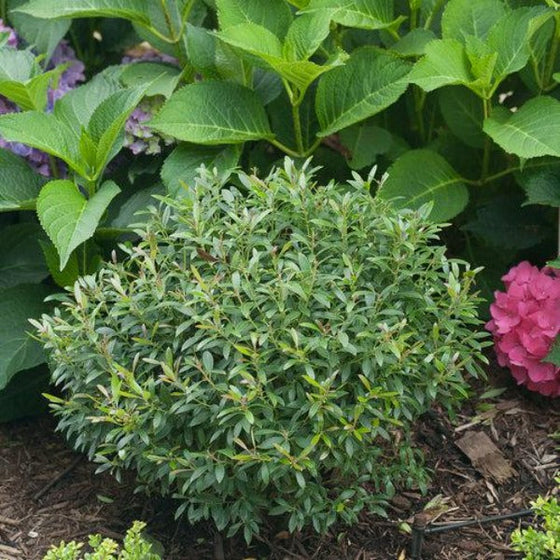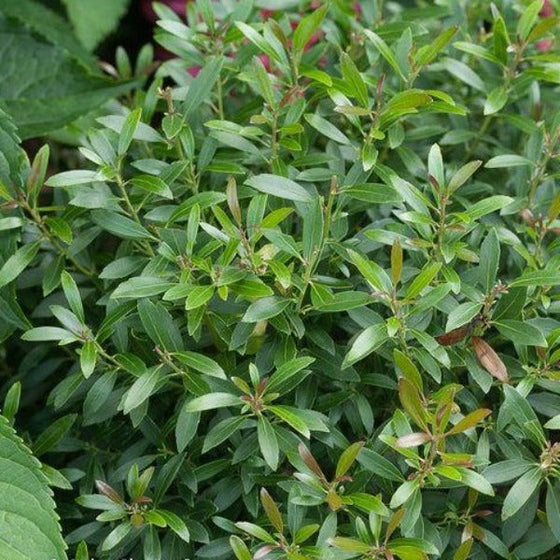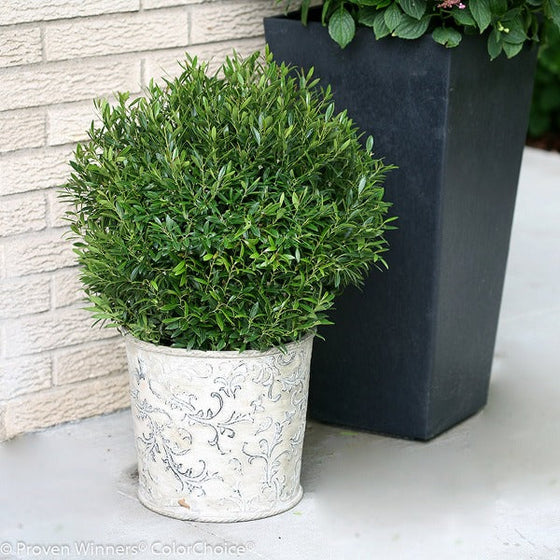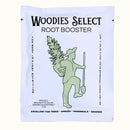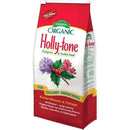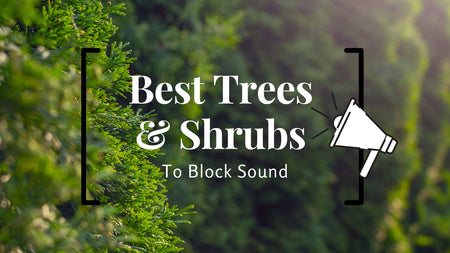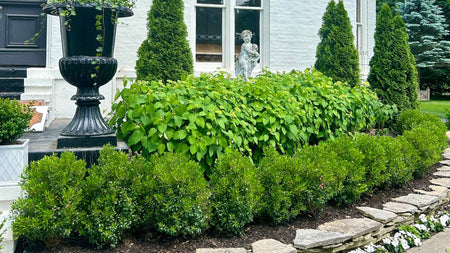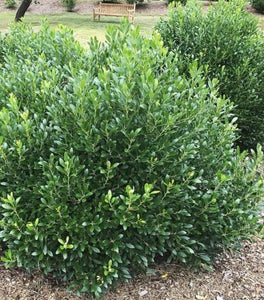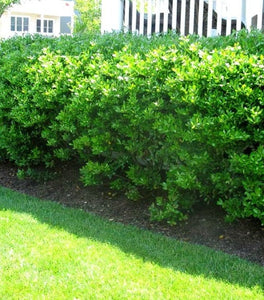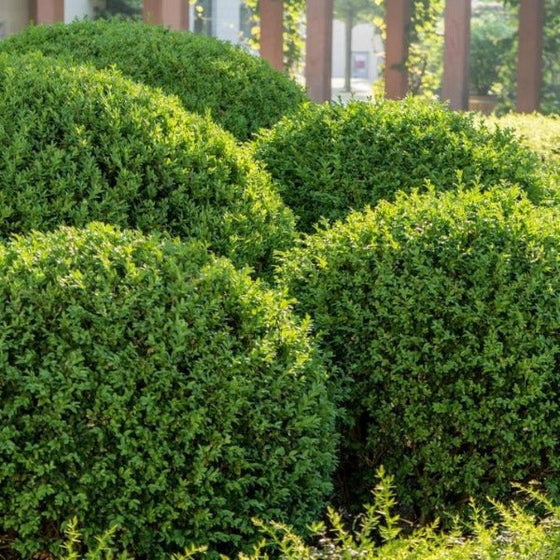
Images Depict Mature Plants
A Native, Boxwood-Like Evergreen That Offers Year-Round Structure
A Compact, Polished Form Without the Boxwood Problems
Ilex glabra ‘Gem Box®’ is a standout native evergreen that mimics the formal, rounded shape of boxwood — but without the susceptibility to common boxwood pests and diseases like blight or leaf miner. Its dense branching, fine-textured foliage, and naturally mounded shape create a refined, clipped look even with minimal pruning.
This variety maintains a rich, deep green color throughout the year, with new growth emerging in warm, glossy tones that enhance the plant’s visual depth and texture.
Perfect for Foundation Plantings, Borders, and Four-Season Interest
The Gem Box fits beautifully into a wide range of landscape styles, including cottage gardens, formal entryways, modern designs, and wildlife-friendly native plantings. Its compact 2–3 foot size makes it ideal for edging walkways, framing porches, defining patio spaces, or anchoring mixed borders.
Because it’s native to the eastern U.S., Gem Box naturally handles winter temperatures, humidity, rainfall fluctuations, and tough soil conditions with ease.
Durable, Deer-Resistant, and Exceptionally Low Maintenance
Gem Box Inkberry Holly is far more adaptable than many small-leaved evergreens. It thrives in full sun to part shade and tolerates a variety of soil types, including acidic or slightly wet soils. This makes it a top choice for landscapes where boxwoods struggle.
Its tough constitution makes it suitable for urban gardens, coastal landscapes, and properties with less-than-perfect soil or inconsistent moisture.
Resistant to Deer, Disease, and Winter Burn
Thanks to its thick, glossy foliage, Gem Box is naturally deer-resistant, reducing damage and the need for repellents. The plant also resists disease, avoids winter bronzing, and maintains a uniform shape that stays attractive throughout the cold season.
Homeowners appreciate its predictable growth and clean, healthy appearance — a dependable evergreen backdrop for flowering shrubs, perennials, ornamental grasses, and native gardens.
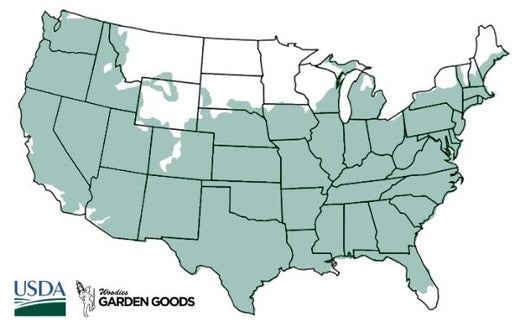
| Hardiness Zone: | 5-9 |
|---|---|
| Mature Height: | 2 to 3 Feet |
| Mature width: | 2 to 3 Feet |
| Classification: | Native Evergreen Shrub |
| Sunlight: | Full sun to part shade |
| Habit: | Densely branched, Rounded |
| Foliage: | Green |
| Soil Condition: | Moist, acidic, well-drained to slightly wet soils |
| Water Require: | Moderate; appreciates consistent moisture |
| Resistance: | Deer-resistant, disease-resistant |
| Landscape Use: | Borders, hedges, foundation plantings, containers |
How to Care for Gem Box® Inkberry Holly
Be sure to read our planting instructions to ensure a healthy and happy Gem Box Inkberry Holly for years to come!
How should I plant Gem Box Inkberry Holly?
Prepare a planting hole twice the width of the root ball and just as deep. Position the plant so the crown sits level with the soil surface. Backfill with native soil and compost, then water thoroughly to help roots settle. Mulch lightly around the base (avoiding the stem) to maintain soil moisture and temperature consistency.
How often should I water Gem Box Inkberry Holly after planting?
Keep the soil evenly moist during the first growing season, watering 2–3 times per week depending on weather. Consistent moisture encourages deep root development. Once established, Gem Box tolerates moderate drought but performs best with occasional watering during hot or dry spells.
When should I fertilize Gem Box Inkberry Holly?
Apply a slow-release, balanced fertilizer in early spring to support lush new growth. Native plants appreciate soil rich in organic matter, so consider adding compost annually. Avoid high-nitrogen lawn fertilizers near the root zone, as they may overstimulate soft growth.

When and how should I prune Gem Box Inkberry Holly?
Prune lightly in late spring to maintain shape, or leave it unpruned for a natural, rounded mound. This variety naturally forms a tight, compact shrub and rarely needs heavy trimming. Remove any stray or crossing branches as needed to encourage airflow and uniformity.

